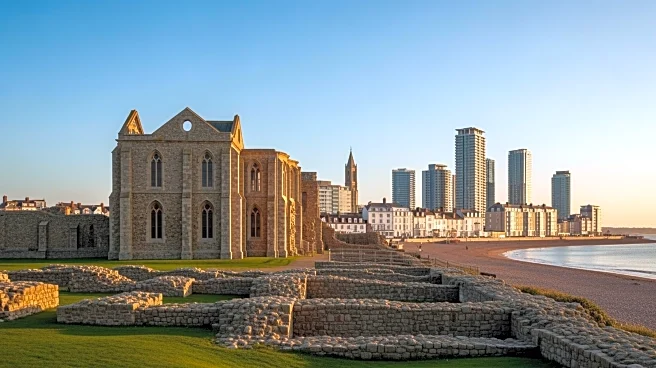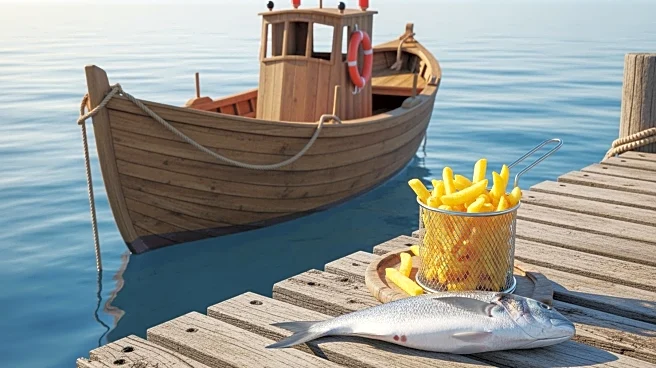Seaford is a town in East Sussex, England, east of Newhaven and west of Eastbourne. In the Middle Ages, Seaford was one of the main ports serving Southern England, but the town's fortunes declined due
to coastal sedimentation silting up its harbor and persistent raids by French pirates. The coastal confederation of Cinque Ports in the medieval period consisted of forty-two towns and villages; Seaford was included under the "Limb" of Hastings.
First Peoples & First Mentions
The original settlers of Seaford were the Marsapeaques, a Native American Indian tribe. They called the area "Great Water Land." European settlement began with the arrival of Captain John Seaman, a native of Seaford, East Sussex, in England.
Explorers, Missions & Colonial Outposts
Seaford's fortunes revived in the 19th century with the arrival of the railway connecting the town to Lewes and London. It became a small seaside resort town, and more recently a dormitory town for the nearby larger settlements of Eastbourne and Brighton, as well as for London.
From Empire to Nation: Transfers of Rule
The town lies on the coast near Seaford Head, roughly equidistant between the mouths of the River Ouse and the Cuckmere. The Ouse valley was a wide tidal estuary with its mouth nearly closed by a shingle bar, but the tidal mudflats and salt marshes have been "inned" to form grassy freshwater marshes.
Rails, Roads & River Landings: Corridors That Sited Seaford
The town formerly had excellent beaches, which were supplied by longshore drift constantly moving sand along the coast from west to east. However, in the early 20th century, a large breakwater was constructed at Newhaven Harbour and the harbour entrance was regularly dredged. These works cut off the supply of fresh sand to the beach.














